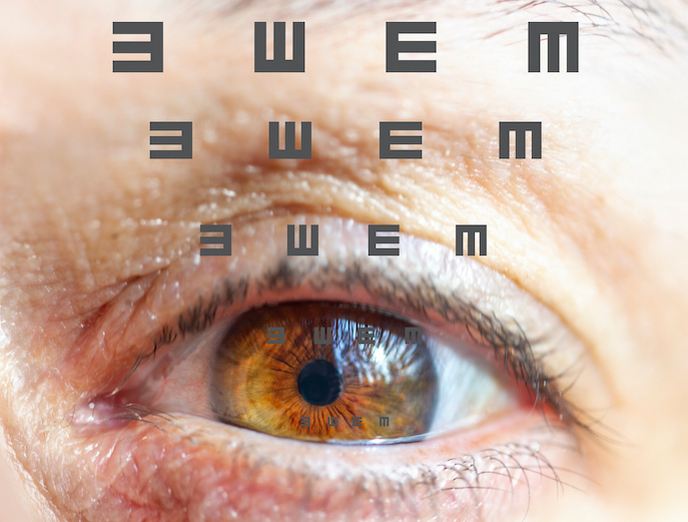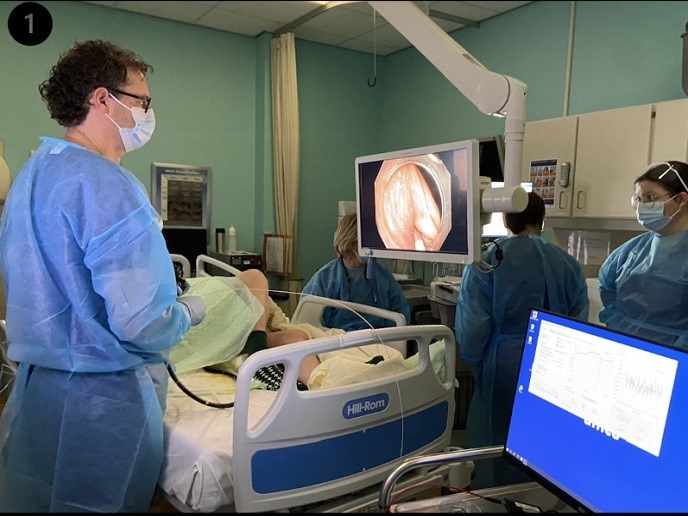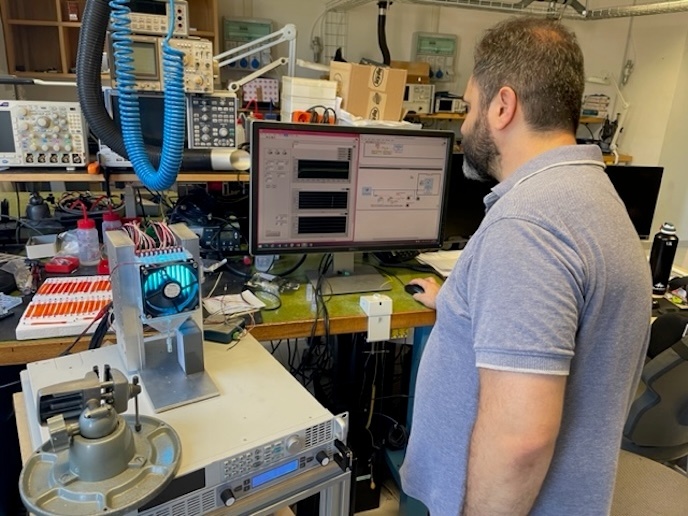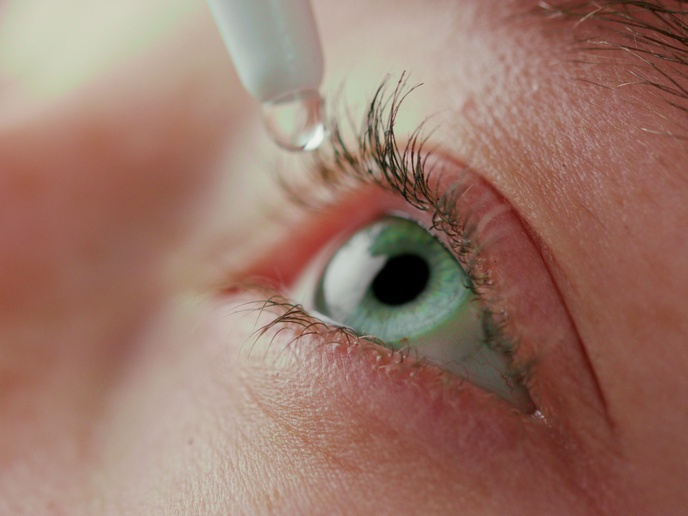The pioneering vision-correcting cornea implant
While human corneas protect the eye against infection and foreign bodies, excessively flat or curved shapes can decrease or increase vision causing refractive errors, including astigmatism(opens in new window). More serious diseases include keratoconus (KC) – the most common shape deformation causing irregular astigmatism and decreased visual acuity. With the cause not yet fully understood, it has traditionally been undiagnosed and/or characterised as severe myopia. Corrective laser surgery typically doesn’t work, while transplantation and implants (acting as micro-prostheses) often prove unpredictable, leaving contact lenses and spectacles to be prescribed at the earliest stages. The EU-funded HUMANeye project has developed and tested a shape-memory corneal implant, the GROSSO implant(opens in new window), to treat KC. “Thanks to a curvature similar to that of natural corneas, when bonded with corneal tissue, our implant recovers vision predictably, completely and precisely,” remarks Laura González, project coordinator from MIRANZA(opens in new window), the host. The team have demonstrated that their device can be manufactured using a scalable industrial procedure and can be implanted using a minimally invasive surgical procedure. The team have obtained approvals from the Spanish Ethics Committee and AEMPS(opens in new window) to start the first in human (FIH) clinical trial with 12 people at the Institute of Ocular Microsurgery(opens in new window) in 2024.
The nitinol net device
The GROSSO implant is a net-like device made of nitinol, a metal alloy of nickel and titanium, often used over decades for implantable medical devices such as coronary stents and heart valves. “Nitinol’s biocompatibility convinced us that it could also work in ophthalmology to treat cornea diseases,” adds González. The device is produced by laser-cutting a nitinol sheet which is thermoformed into a dome shape. The device has a circular outer diameter, a circular inner diameter, outer/inner rings, and internal struts connecting the inner and the outer ring. “The GROSSO implant is unique amongst corneal implants, precisely matching the curvature of the human cornea with the nitinol making it both super-elastic and robust enough to remodel keratoconus corneas back to a healthy shape,” explains González. These characteristics mean the device can be bent without breakage, as it is grafted onto the cornea using minimally invasive surgery, while withstanding vertical compression during daily use – evidenced in explanted pig eye and human cornea testing. Additionally, biocompatibility testing showed the device to be non-cytotoxic and non-sensitising, without causing intracutaneous reactivity. A 6-month in vivo rabbit study showed good corneal toleration, with post-operative treatment similar to other ocular implants sufficient to prevent neovascularisation. “Significant flattening was also detected in the recipient corneas at 1, 2, 3 and 6 months,” adds González.
Wide applicability to other ophthalmic pathologies
The technology and expertise developed during HUMANeye are applicable to ophthalmic pathologies, beyond KC. With over 12.7 million people(opens in new window) globally waiting for corneal transplantation, it is the most frequently performed organ transplant. Yet, with donated tissue in short supply, only 1 in 70 blind people get the treatment(opens in new window). Additionally, despite initial graft success over time this decreases and the risk of immune-mediated rejection increases. “Our device, when combined with stem cells for corneal regeneration, could contribute to new corneal transplantation applications, our next focus, alongside glaucoma,” says González. After the FIH clinical trial, a follow-up multicentric randomised clinical trial with at least 100 patients is anticipated. Once completed, the ambition is for CE and FDA certification then commercialisation of the device in Europe and the United States by 2027, before pursuing markets such as China and India, where there are high rates of KC.







